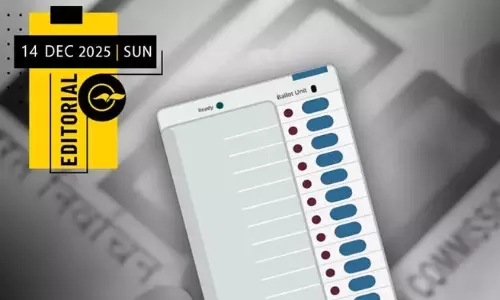
Faulty aluminum led to $700 mn satellite failure: NASA
text_fieldsWashington: Faulty materials provided by an aluminum manufacturer led to the failure of two NASA satellite launch missions, causing a loss of more than $700 million, an investigation by the US space agency has found.
The faulty materials provided by Sapa Profiles, Inc. (SPI) were used for the making of Taurus XL, a rocket designed to deliver NASA's Orbiting Carbon Observatory (OCO) and Glory missions in 2009 and 2011, respectively, the US space agency said on Tuesday.
The launch vehicle fairing -- a clamshell structure that encapsulates the satellite as it travels through the atmosphere -- failed to separate on command.
From NASA's investigation, it is now known that SPI altered test results and provided false certifications to Orbital Sciences Corporation, the manufacturer of the Taurus XL, regarding the aluminum extrusions used in the payload fairing rail frangible joint.
A frangible joint is a structural separation system that is initiated using ordnance.
"NASA relies on the integrity of our industry throughout the supply chain. While we do perform our own testing, NASA is not able to retest every single component. That is why we require and pay for certain components to be tested and certified by the supplier," Jim Norman, NASA's Director for Launch Services said in a statement.
"When testing results are altered and certifications are provided falsely, missions fail. In our case, the Taurus XLs that failed for the OCO and Glory missions resulted in the loss of more than $700 million, and years of people's scientific work," Norman added.
SPI agreed to pay $46 million to the US government and other commercial customers for the 19-year scheme that included falsifying thousands of certifications for aluminum extrusions to hundreds of customers.






















_17.jpg)